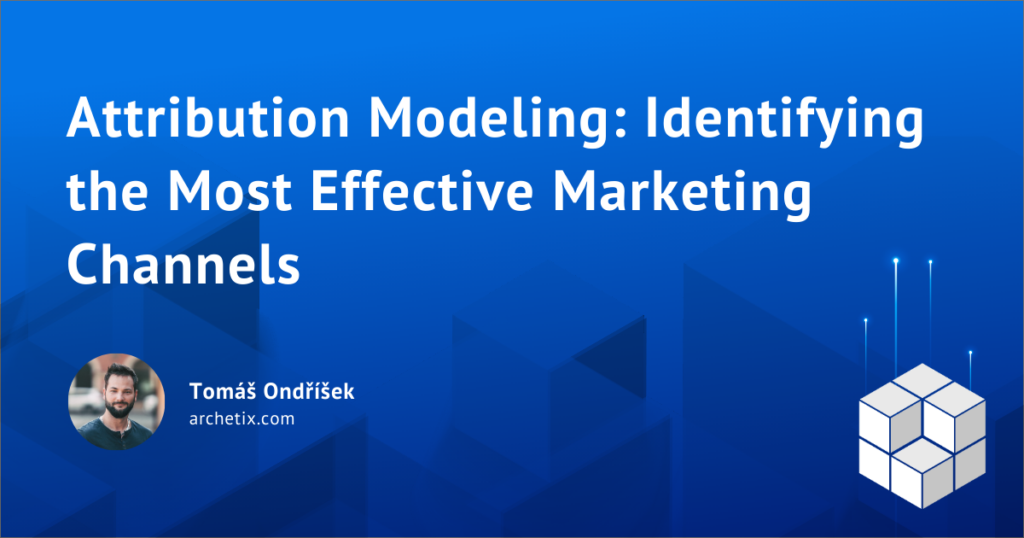For every entrepreneur, it is essential to track the customer’s journey to purchase or conversion. Understanding how different marketing channels and touchpoints contribute to the final decision is crucial. This is where Attribution Modeling comes into play, becoming a key tool for identifying the most effective channels and touchpoints that lead to desired conversions.
What is Attribution Modeling
Attribution Modeling is an analytical method used in marketing to assign value to the various touchpoints a customer interacts with before making a conversion. This includes various digital channels such as organic search, paid advertising, social media, emails, and more. The goal is to understand which of these interactions have the most significant impact on the customer’s decision.
The Importance of Attribution Models
By understanding the customer journey, companies can better allocate their marketing budgets and optimize their strategies. Gaining insights into which channels have the greatest influence on conversions allows companies to invest in the most effective ones and achieve the highest return on investment (ROI).
An attribution model also helps uncover synergies between different channels and understand how these channels interact to create engagements and conversions. This can lead to a better understanding of overall customer behavior and assist in formulating comprehensive strategies.
Common Types of Attribution Models
There are several different attribution models, each focusing on different ways to assign value to touchpoints along the customer journey. Some of the most commonly used models include:
Last Click
This model attributes all conversion value to the last channel the customer clicked on before making a conversion. It is the simplest model but can overlook previous interactions that contributed to the customer’s decision.
First Click
Conversely, the first click model attributes all conversion value to the first channel the customer clicked on during their journey to purchase. This model emphasizes the initiation of the customer into the conversion process.
Linear Model
The linear model evenly distributes the conversion value among all touchpoints along the customer journey. This means each touchpoint equally contributes to the total conversion value.
Event-Based Model
This model attributes conversion value based on specific events or interactions considered key in the conversion process. This can include actions such as opening an email, clicking on an ad, or filling out a form.
Data-Driven Attribution Model – GA4
Principles of GA4 Data-Driven Attribution
Data Collection: GA4 collects data from various sources, such as user interactions on websites, events, conversions, and other relevant user behavior information.
Machine Learning: Data-Driven Attribution in GA4 uses advanced machine learning to analyze this data. Using algorithms, it attempts to identify patterns and relationships between different interactions and conversions.
Value Assignment: Based on the analysis, Data-Driven Attribution algorithms assign value to individual interactions and user paths. This allows for the identification of key touchpoints that influence conversions.
Comprehensive View: This methodology provides a more comprehensive view of how different user actions contribute to goals than simpler attribution models like first or last click.
Benefits of GA4 Data-Driven Attribution
Objective Decision-Making: It is based on data analysis, minimizing subjective estimations and enabling more objective value assignment.
Dynamic Adjustment: Algorithms can automatically adapt to changes in user behavior and new trends, making them reactive and adaptable.
Comprehensive Analysis: Provides deeper and more comprehensive understanding of how various touchpoints and interactions contribute to goals, aiding in better marketing strategy planning.
Limitations of GA4 Data-Driven Attribution
Data Requirement: Algorithms require sufficient relevant data to analyze and function correctly. For new projects or low-traffic websites, Data-Driven Attribution may be less effective.
Data Quality Dependency: Data quality is crucial for accuracy and reliability of results. Incorrect or incomplete data can lead to erroneous conclusions.
Google Analytics 4 Data-Driven Attribution represents a significant tool for analyzing user paths and identifying effective interactions in achieving goals. It combines modern data analysis techniques to provide a detailed view of user behavior and their interactions with websites or apps.
Combining multiple models or customizing them can provide a more detailed view of the effectiveness of various marketing initiatives. Knowing which channels have the greatest impact allows companies to better plan their marketing strategies and achieve greater success in their campaigns.

